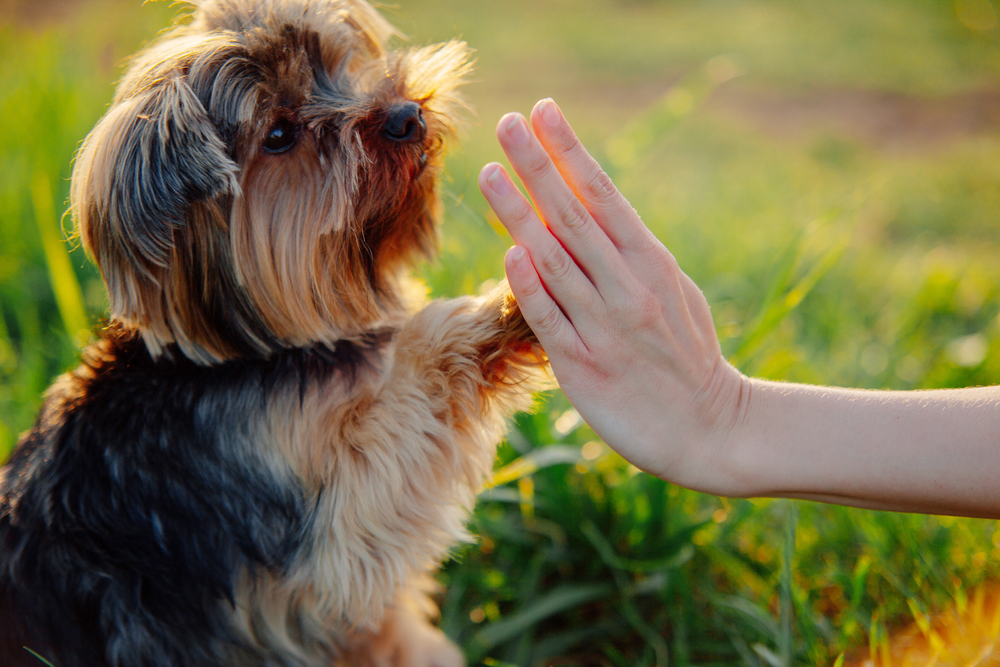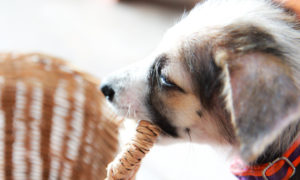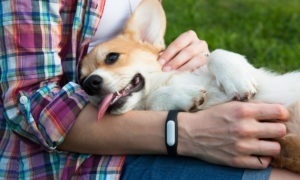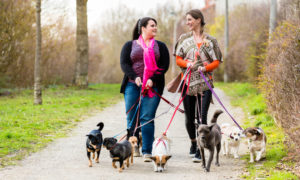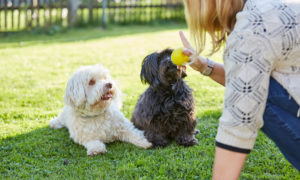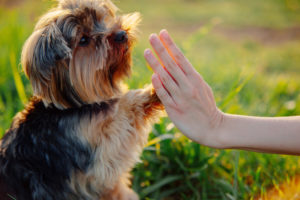 Learning to control a small dog which hasn’t been trained on obedience commands can be exhausting and somewhat impossible. But by teaching him at least the most basic instructions, you will definitely make a world of difference and even provide a great opportunity for bonding. Just keep in mind that small dogs are generally yappy and skittish; in fact, they more like big old prima donnas in tiny awesome suits. Some even have short attentions spans so it’s rather unreasonable to expect your little fur-baby to always pay attention in full for an extended period of time.
Learning to control a small dog which hasn’t been trained on obedience commands can be exhausting and somewhat impossible. But by teaching him at least the most basic instructions, you will definitely make a world of difference and even provide a great opportunity for bonding. Just keep in mind that small dogs are generally yappy and skittish; in fact, they more like big old prima donnas in tiny awesome suits. Some even have short attentions spans so it’s rather unreasonable to expect your little fur-baby to always pay attention in full for an extended period of time.
Dog Training Tips
Try to keep your training sessions short at the beginning to reduce distractions at the same time keep your pooch stay focused; only increasing the time spent gradually each day.
- Be consistent. As much as possible, see to it that you are steady and unswerving when training your dog. In an evolutionary sense, pets are generally more alert but even more tensed in unpredictable conditions. So as a dog parent and a trainer, you have to do your best to behave consistently with Fido through your body language, signals, and commands by setting clear rules and sticking by them.
- Avoid the use of punishment. Punishment generally scares small dogs more than the big ones. Because of their small size, toy breeds tend to be more frightened with physical restraint and punishment so keep away from resorting to these in order to make training more effective. Positive reinforcement is more recommended to keep the dog enjoying the behavior or the training experience itself.
- Incorporate play. Research suggests that obedience is better among dogs whose owners have played with them more (i.e. fetch, tug, etc.). As a matter of fact, the amount of recreation spent was one of the biggest differences between owners/trainers of small dogs and those of the larger ones. It’s likely that in playing with your pooch, you become a source of fun and satisfaction. This in turn, makes you worth hanging around with and paying attention to. And a pet that pays attention is a pet that’s surely easier to train.
- Make Fido more confident and friendlier. Sometimes professional help maybe required but at the minimum, you certainly can try to do your pooch some good by making the rules of his world not only clear but predictable too. Train with rewards but always train consistently. Keep your sessions short and sweet though. Pay close attention to when he gets tired or overtaxed for you want to keep him interested and wanting more. Lastly, always end every training session with a success!
Note that there are various approaches to dog training. The key is to do your research and to use your best judgment. Most importantly though, know your pooch well and always stay calm and assertive enough. Bear in mind that training is mainly about communication so condition your little furry friend to respect you as the pack leader while you set the rules, boundaries, and limitations clearly.

